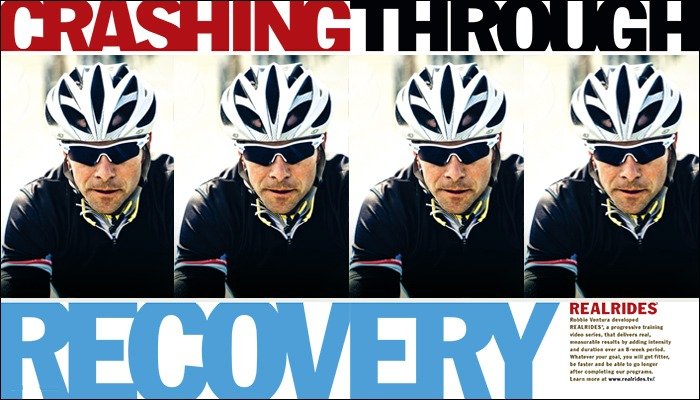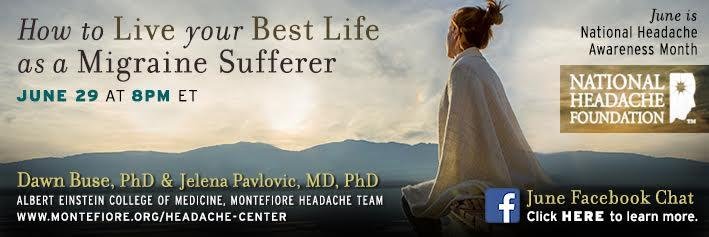The Power of Advocacy

It’s been said that there’s strength in numbers—and in order to create change in the pain community, strength could not be more important. Every voice makes the message a little louder, a little stronger and much harder to ignore. And that’s where advocates come in.
What is ADVOCACY?
Advocacy is defined as the act of publicly supporting or recommending a particular cause or policy. It means getting involved so that the voice of the pain community becomes more powerful.
An advocate in the pain community has the opportunity to shape not only pain policy, which can tremendously affect if and how people in pain receive care, but also to change the way the general public—friends, neighbors, employers, even store clerks —perceive and interact every day with people with pain. Mahatma Gandhi said, “You must be the change you wish to see in the world.” There are so many opportunities for people with pain to be that change.
Advocacy roles vary. Depending on your interests and abilities, there’s a place for you.
ADVOCACY and PAIN POLICY
States have the primary role in regulating and defining pain management policy. State legislation and regulation determine how people with pain are treated and whether they have access to comprehensive, whole-person, effective pain care. There are bills and proposals put forth every day that will determine things like:
*STEP THERAPY/FAIL FIRST POLICY
Many insurance companies require that the least expensive drug in a given class be prescribed to a pain patient first, even when the patient’s physician believes a different drug in that class would be more medically effective. This may mean that patients can spend months or years“trying and failing” treatment with drugs that are not the best ones for their conditions. This wastes time and leaves the patient without relief; even worse, the condition could degenerate, resulting in other health problems and even a reduced chance of recovery.
*PAIN EDUCATION FOR HEALTH CARE PROFESSIONALS
Continuing education for physicians about pain management and substance abuse is not required in most states, but new policy proposals would change this. In addition, courses dedicated solely to pain management training may not be available in many medical schools. It is through the voices of advocates that these problems are brought to the attention of legislators and then addressed.
*BARRIERS TO NEEDED DRUGS AND THERAPIES
As part of an integrative approach to pain management, many people require opioid analgesic therapy in order to maintain functionality and quality of life. Legislation aimed at preventing abuse and diversion can affect legitimate pain patients who need these medications to survive. It takes people who are willing to think creatively to understand and distill legislation that does not create a problem while solving another.
ADVOCACY: the DIRECT EFFECT of RAISING AWARENESS
Advocacy also has a direct effect on the daily experience of others. People who have never experienced chronic pain can make incorrect assumptions about chronic pain sufferers out of ignorance, and sometimes out of intolerance. When people better understand what being in daily chronic pain is like, their behavior is more likely to change.
There are many ways to advocate for the 116 million Americans who suffer with chronic pain. Consider these ten ways to get started:
*Share your story on pain forums, such as U.S. Pain Foundation (www.uspainfoundation.org), PainPathways Magazine (velaharbor.com/forum), HealthCentral (www.healthcentral.com). Your experiences can help inform and encourage others.
*Send a letter to your state representative.
*Write to the editor of your local newspaper.
*Volunteer at a pain advocacy event.
*Become a pain ambassador within a pain organization.
*Donate to a pain organization.
*Become involved in a clinical trial.
*Distribute literature about chronic pain throughout your community.
*Don’t be afraid to strike up a conversation about chronic pain when you are out and about during your daily routine.
*Spread the word about policy changes via phone, letters and social media.
The work has already been started. All you have to do is join in. It takes the strength, determination and courage of pain care advocates to create a pathway to better pain management. {PP}
PainPathways Magazine
PainPathways is the first, only and ultimate pain magazine. First published in spring 2008, PainPathways is the culmination of the vision of Richard L. Rauck, MD, to provide a shared resource for people living with and caring for others in pain. This quarterly resource not only provides in-depth information on current treatments, therapies and research studies but also connects people who live with pain, both personally and professionally.
View All By PainPathways






